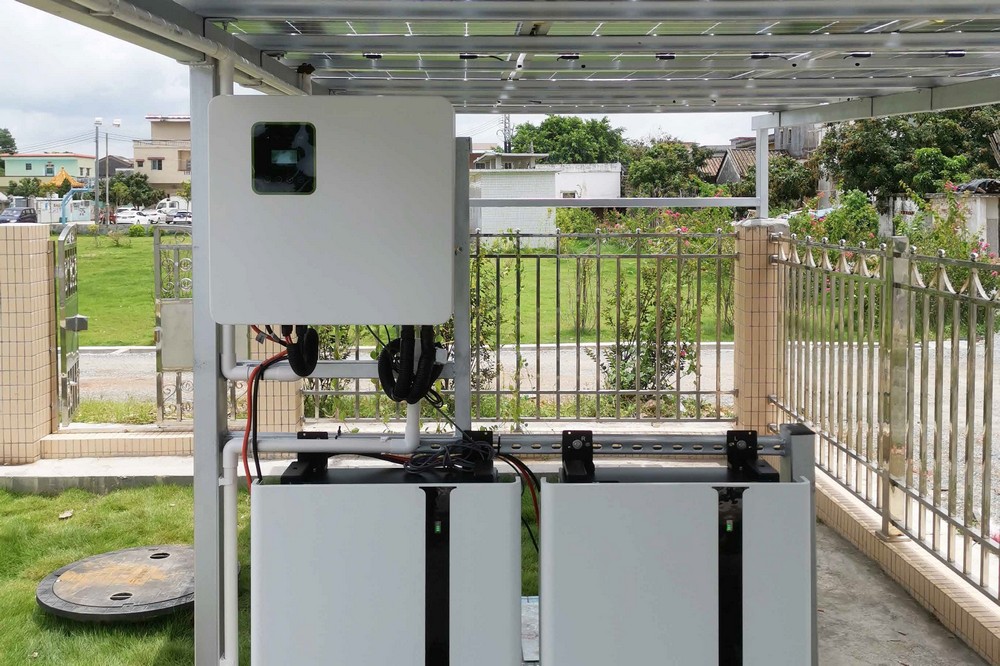This content introduces two knowledge points: cycle count and charging/discharging current. First, let’s talk about the cycle count of batteries. When choosing batteries, people pay attention to battery life. So, how do we measure battery life? The answer is by cycle count. For example, 4000 cycles mean the battery can undergo 4000 complete charge and discharge cycles with the capacity remaining relatively stable. After 4000 cycles, the capacity will start to decrease, but it doesn’t mean the battery is immediately unusable. However, some people misunderstand the cycle count and think that charging once counts as one cycle. Actually, one cycle means fully charging the battery and then fully discharging it. For example, if the battery is charged to 100% and then 40% is used on the first day, charged to 100% again, and then 60% is used on the second day, then it is considered one cycle as a total of 100% of the battery capacity has been used.
Furthermore, because batteries, like humans, have some characteristics, such as preferring frequent small meals, it is suggested to avoid fully discharging the battery and keeping it charged regularly to extend its lifespan.
Now let’s talk about charging/discharging current. The charging and discharging current of batteries is not unlimited and should be used according to the manufacturer’s instructions. Generally, the manufacturer will indicate a charging current of 0.5C and a discharging current of 1C. The “C” can be interpreted as the battery capacity. For example, if the battery you bought is 40Ah, then 1C is 40. If the charging current is 0.5C, then it should be less than 20A. Similarly, the discharging current should be less than 3*40=120A. For example, if your battery is 48V 20A and the manufacturer specifies a charging current of 0.3C and a discharging current of 3C, then the charging controller should be less than 6A and the discharging current should be less than 60A. Finally, it is important to ensure that the voltage of the charger matches the battery voltage, so don’t use a 72V charger to charge a 48V battery.

